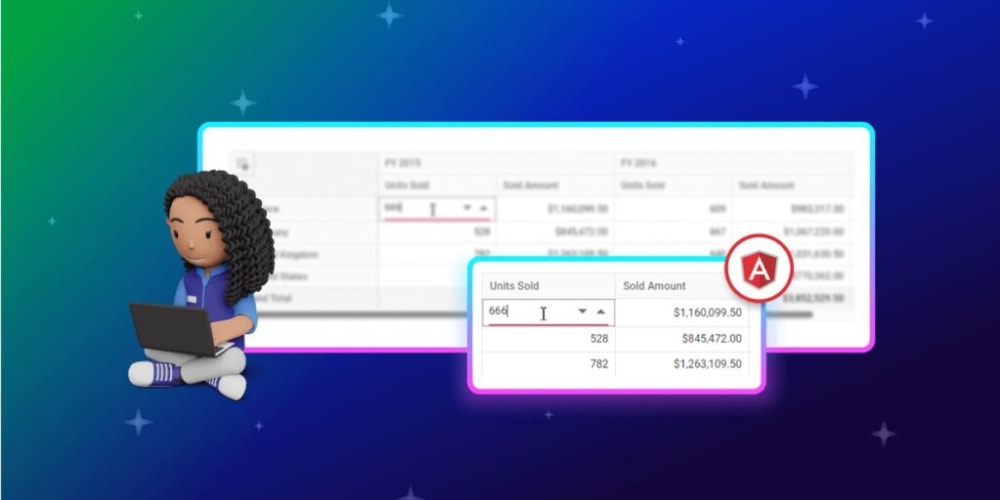<!DOCTYPE html>
Using LLMs in Software Development: A Simple Tip for Beginners
<br>
body {<br>
font-family: Arial, sans-serif;<br>
}</p>
<p>h1, h2, h3 {<br>
text-align: center;<br>
}</p>
<p>img {<br>
display: block;<br>
margin: 0 auto;<br>
max-width: 100%;<br>
}</p>
<p>code {<br>
font-family: monospace;<br>
background-color: #f0f0f0;<br>
padding: 2px 5px;<br>
}<br>
Using LLMs in Software Development: A Simple Tip for Beginners
Introduction
The world of software development is rapidly evolving, with new technologies and tools constantly emerging. Among these advancements, Large Language Models (LLMs) have emerged as a powerful force, offering developers new possibilities to streamline their workflows and enhance their productivity. This article will guide beginners on how to leverage LLMs in software development, focusing on a simple yet effective tip:
using LLMs for code generation
.
LLMs possess an incredible ability to understand and generate code in various programming languages. By leveraging this capability, developers can significantly reduce the time spent on repetitive tasks and focus on more complex aspects of their projects.
Understanding LLMs and Code Generation
LLMs are sophisticated AI models trained on massive datasets of text and code. They learn complex patterns and relationships within these datasets, enabling them to perform various tasks, including:
-
Code Generation:
Generating code based on natural language descriptions or existing code snippets. -
Code Completion:
Suggesting code snippets as you type, reducing the need to manually write entire lines. -
Code Summarization:
Providing concise summaries of complex code blocks. -
Code Translation:
Converting code from one programming language to another.
This ability to generate, complete, summarize, and translate code makes LLMs a valuable asset for developers of all skill levels.
A Simple Tip for Beginners: Using LLMs for Code Generation
One of the most straightforward ways to benefit from LLMs is by using them to generate code. This approach can be particularly helpful for beginners who are still learning the nuances of coding.
Here's a step-by-step guide on how to use LLMs for code generation:
Step 1: Choose an LLM
Several LLMs are available for code generation, each with its strengths and weaknesses. Some popular options include:
-
GitHub Copilot:
Powered by OpenAI's Codex, Copilot is a widely used code generation tool integrated into various IDEs. -
Tabnine:
Another popular code completion and generation tool that offers a range of features. -
Google's PaLM 2:
A powerful LLM with advanced code generation capabilities.
The choice of LLM depends on your specific needs and preferences. Consider factors like the programming languages you work with, the integration with your IDE, and the availability of free or paid plans.
Step 2: Describe Your Code Requirements
The key to effective code generation is providing clear and concise instructions to the LLM. Start by describing the functionality you want your code to perform. For instance, you might say:
"Write a function to calculate the factorial of a given integer."
Or:
"Create a Python script that reads data from a CSV file and writes it to a JSON file."
Step 3: Let the LLM Generate Code
Once you've provided your description, the LLM will generate code based on your instructions. It's important to remember that LLMs are not perfect, and they may produce code that requires adjustments or further refinement.

Step 4: Review and Refine the Code
After the LLM generates the code, carefully review it. Ensure that the code meets your requirements and that it's free from errors. You might need to modify some parts of the code or add additional functionalities. This step is crucial for ensuring that the generated code is accurate and functional.
Step 5: Learn from the Code
Even if you're a beginner, don't just copy and paste the generated code. Take the time to understand how the LLM came up with the solution. Analyze the code, look up unfamiliar syntax, and try to grasp the underlying concepts. This process of learning by example will accelerate your understanding of programming principles.
Benefits of Using LLMs for Code Generation
Utilizing LLMs for code generation offers several benefits for beginners:
-
Increased Productivity:
LLMs can significantly speed up the coding process, allowing you to focus on more complex tasks. -
Reduced Errors:
LLMs have a good grasp of syntax and coding conventions, reducing the likelihood of common errors. -
Learning by Example:
Examining the generated code helps you learn new concepts and programming techniques. -
Reduced Frustration:
LLMs can help overcome the initial hurdles of learning to code, making the process less daunting.
Best Practices for Using LLMs in Software Development
While LLMs can be extremely useful, it's essential to use them responsibly and effectively. Here are some best practices:
-
Provide Clear and Specific Instructions:
The more detailed and precise your instructions, the better the LLM will understand your requirements. -
Review the Generated Code Carefully:
Always review the generated code for accuracy and correctness. LLMs can make mistakes, and it's your responsibility to ensure the code works as intended. -
Don't Rely Solely on LLMs:
LLMs are tools, not replacements for human developers. Use them to enhance your workflow, but don't rely on them to do all the work. -
Learn the Underlying Concepts:
While LLMs can generate code, it's crucial to understand the fundamental principles behind the code. This knowledge will make you a more effective developer.
Conclusion
Using LLMs for code generation can be a game-changer for beginners in software development. LLMs can accelerate your learning curve, reduce errors, and enhance your productivity. By following the best practices outlined in this article, you can harness the power of LLMs to make your journey into the world of software development smoother and more rewarding. Remember, LLMs are valuable tools, but they are not magic wands. Use them wisely, learn from them, and never stop exploring the exciting world of coding.


















